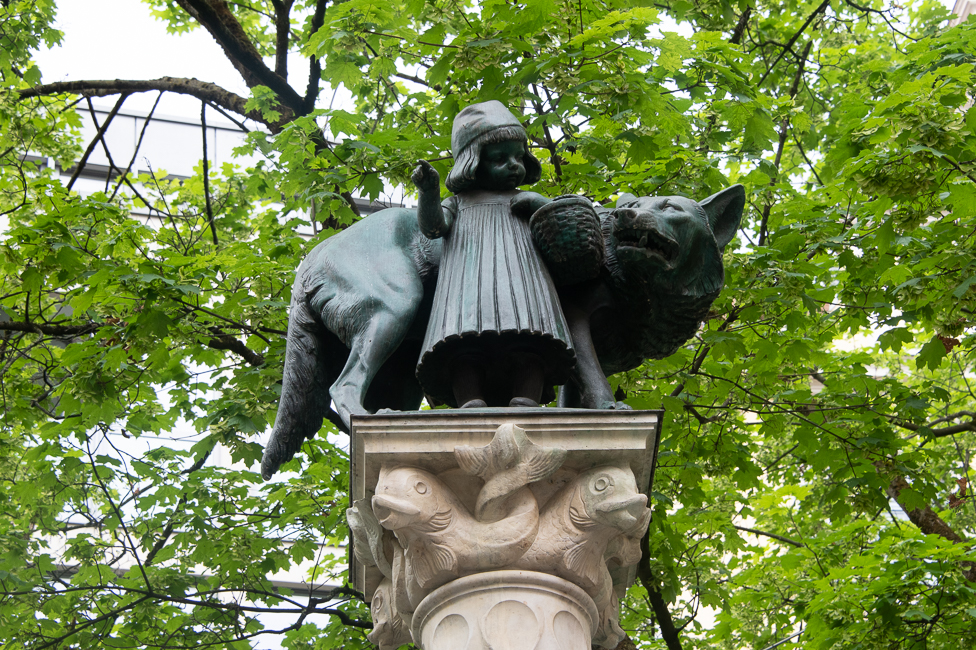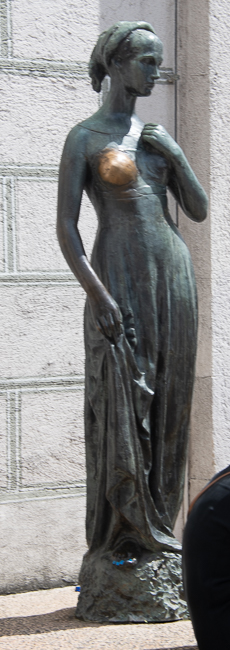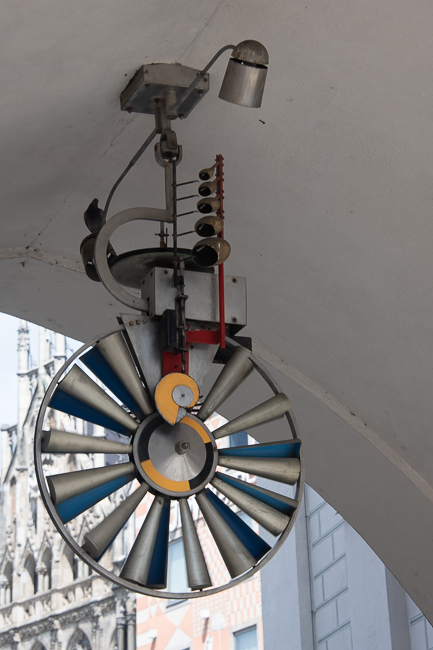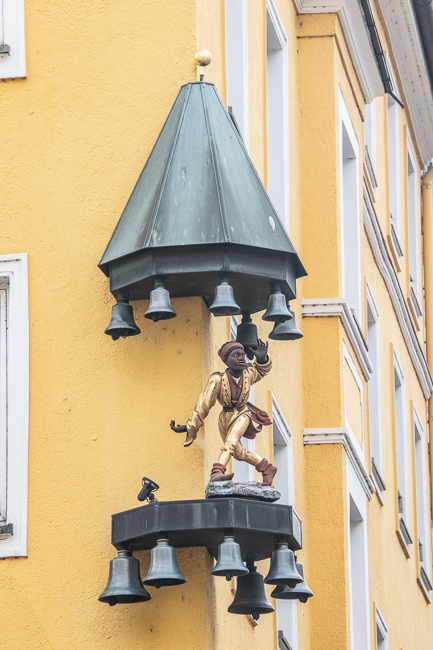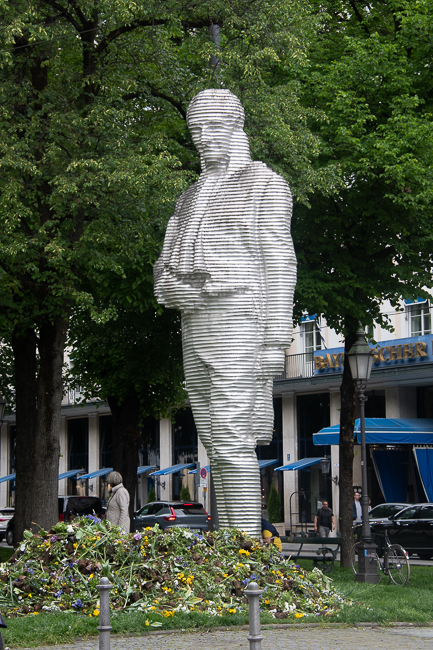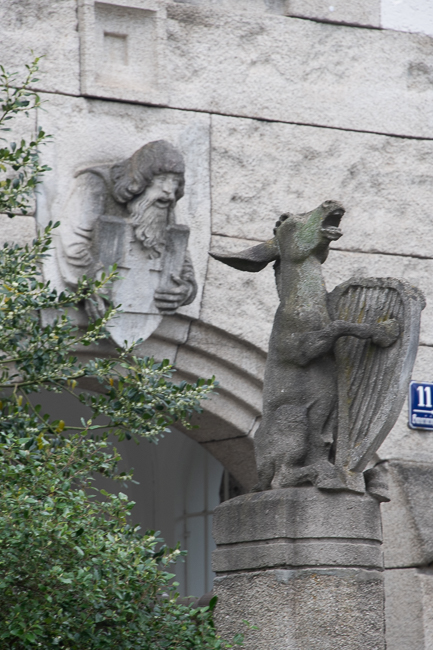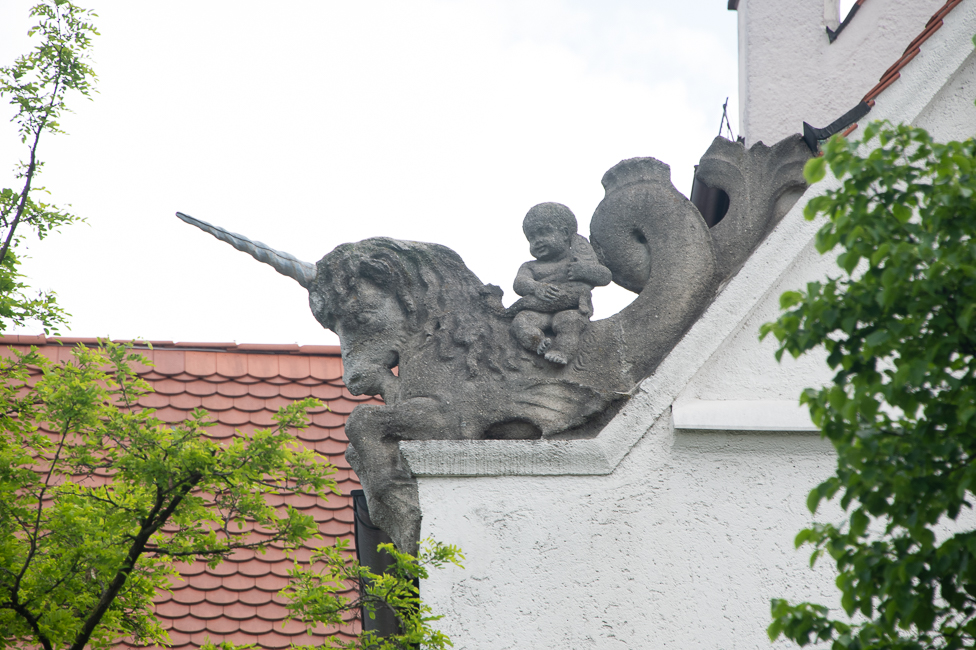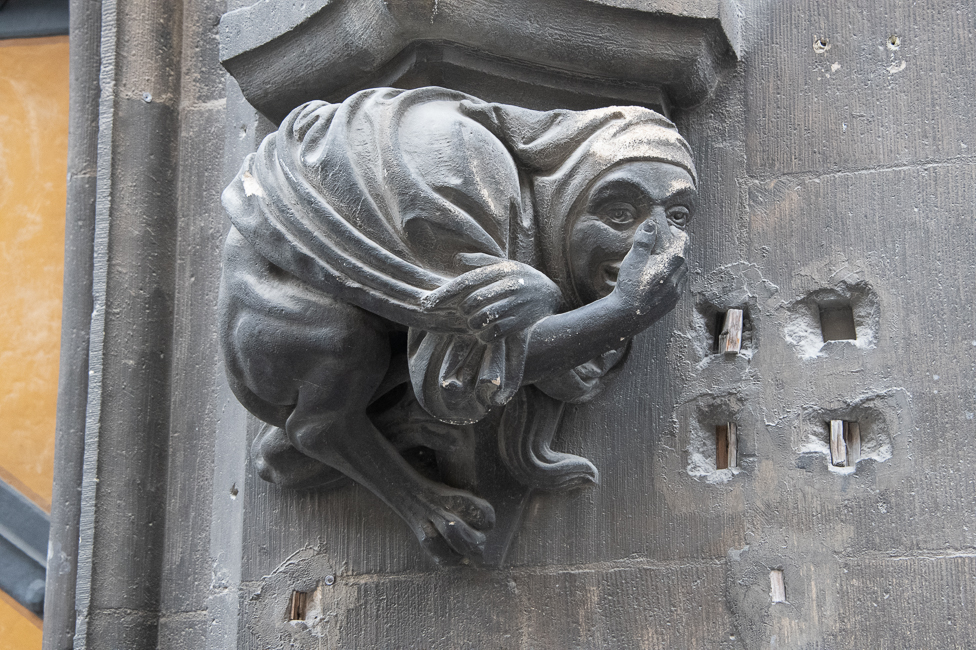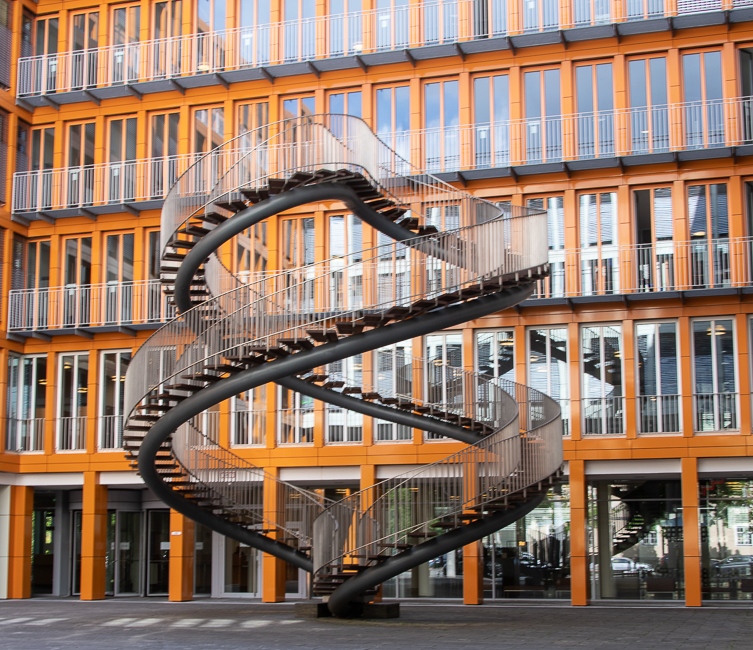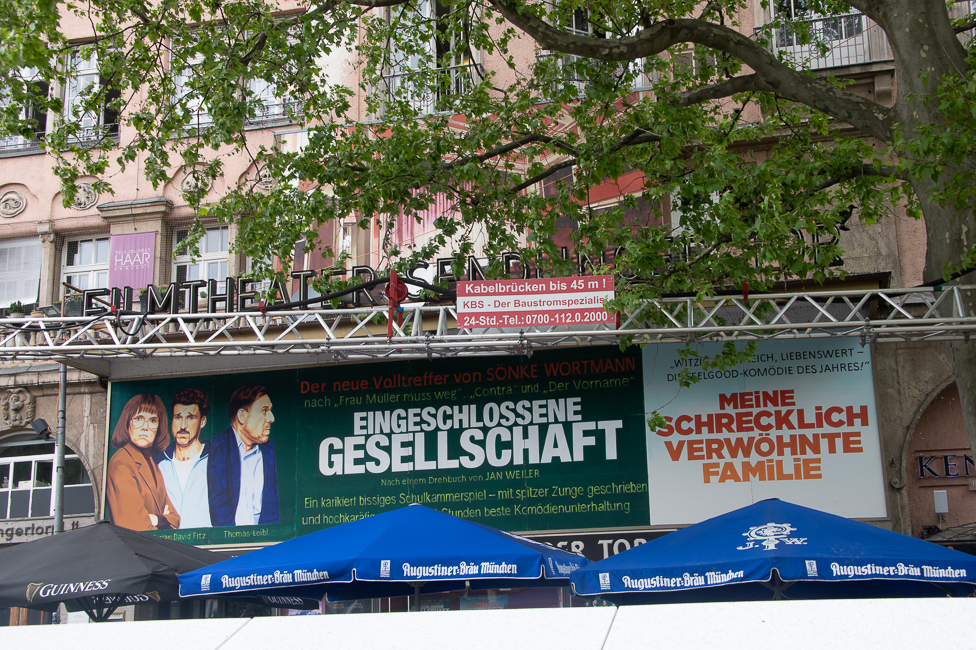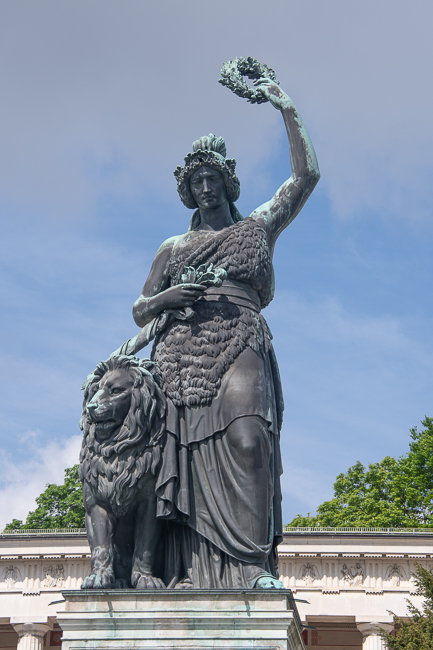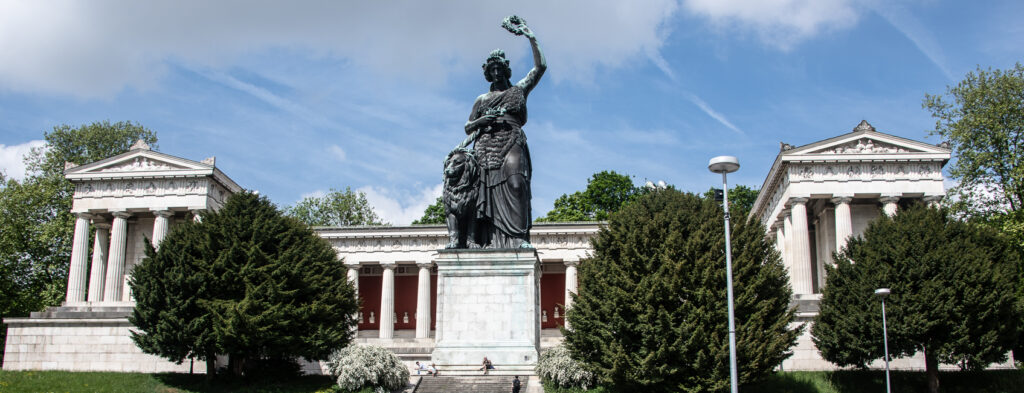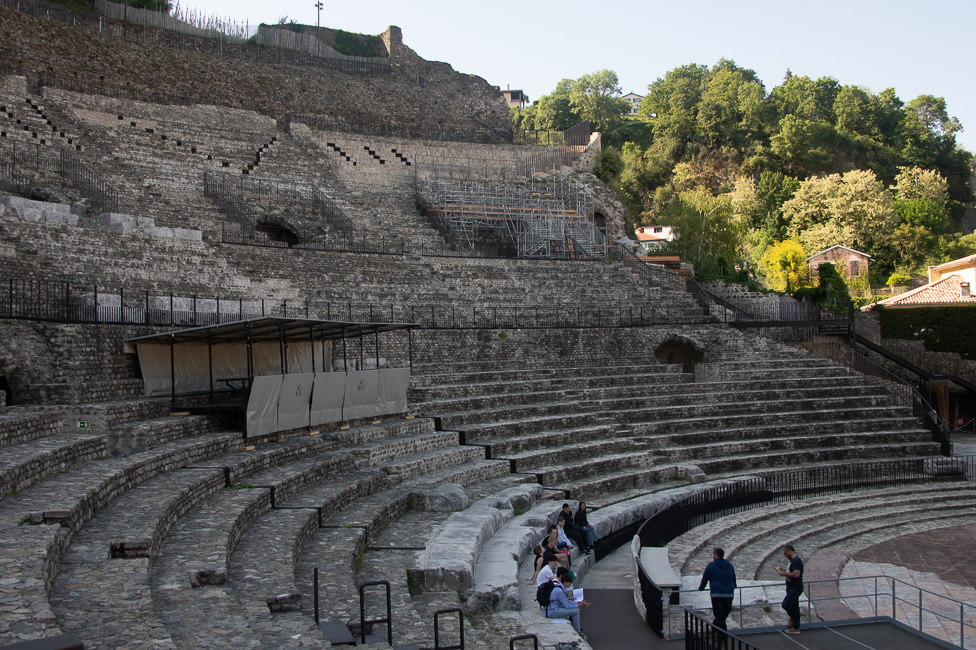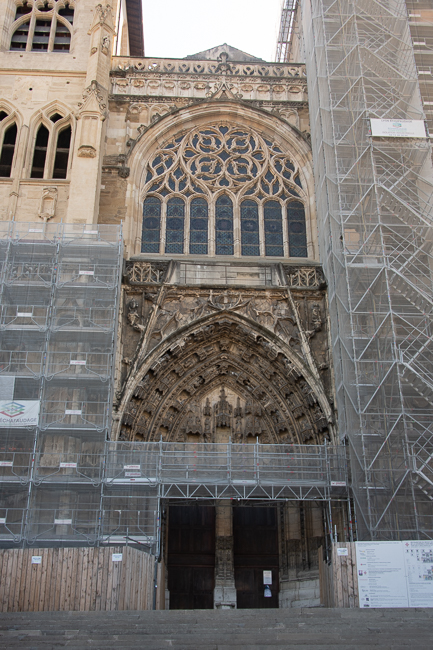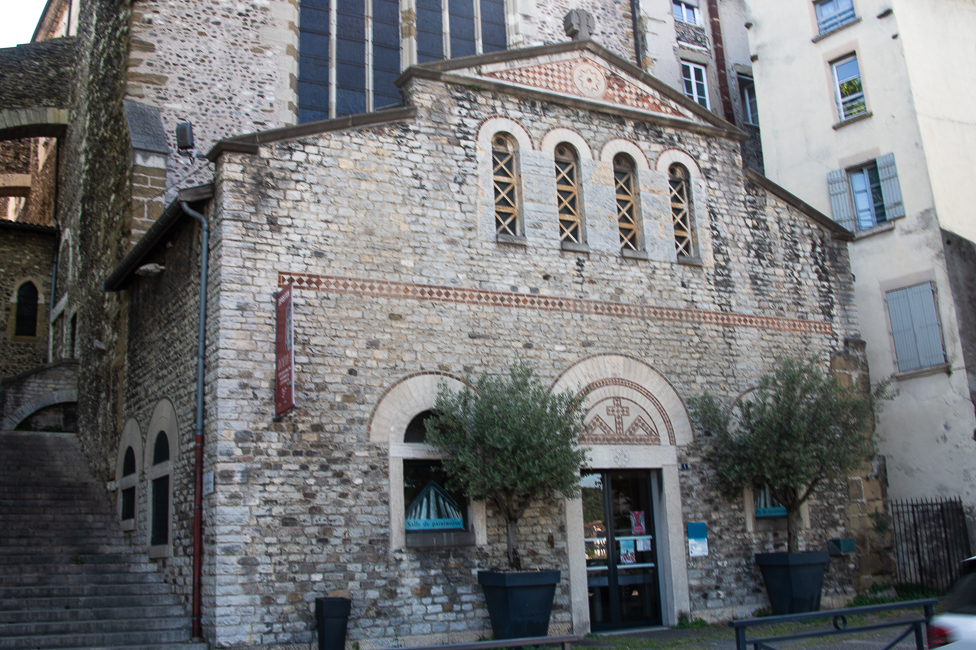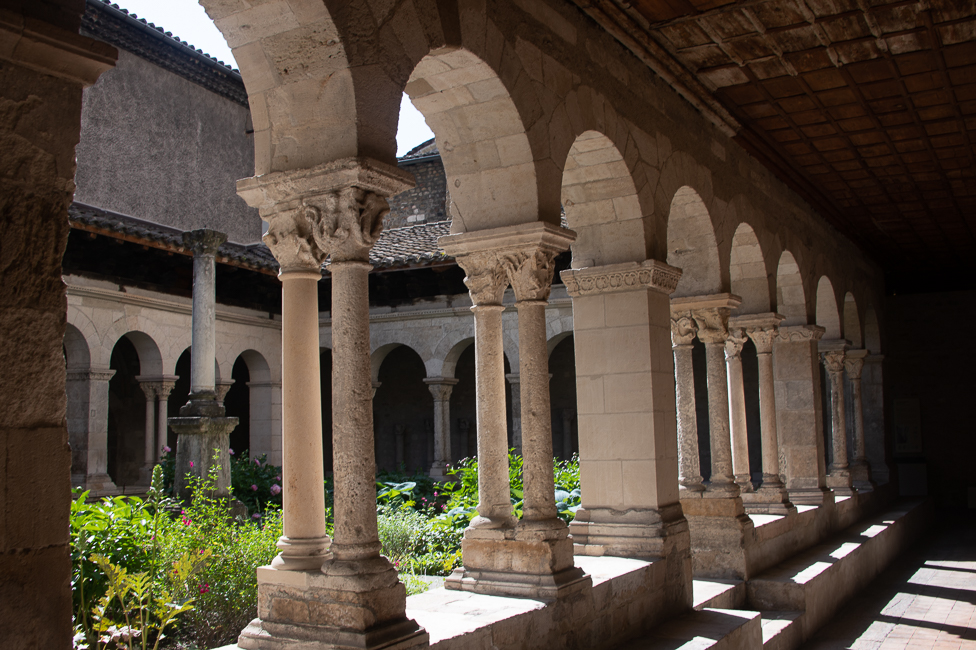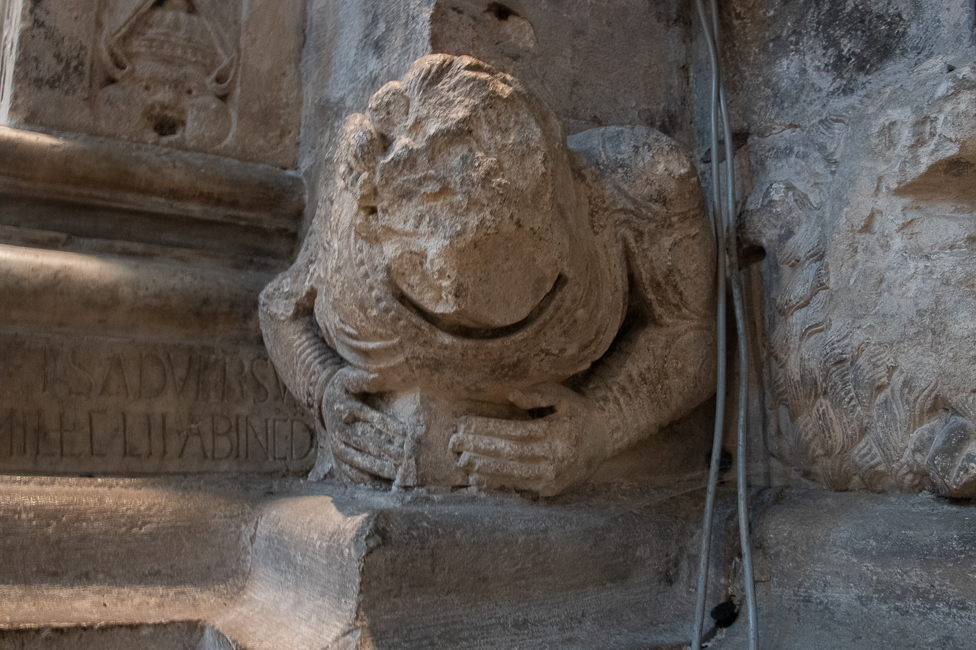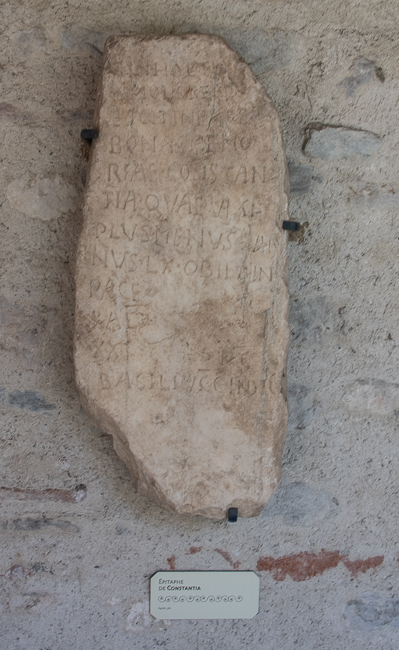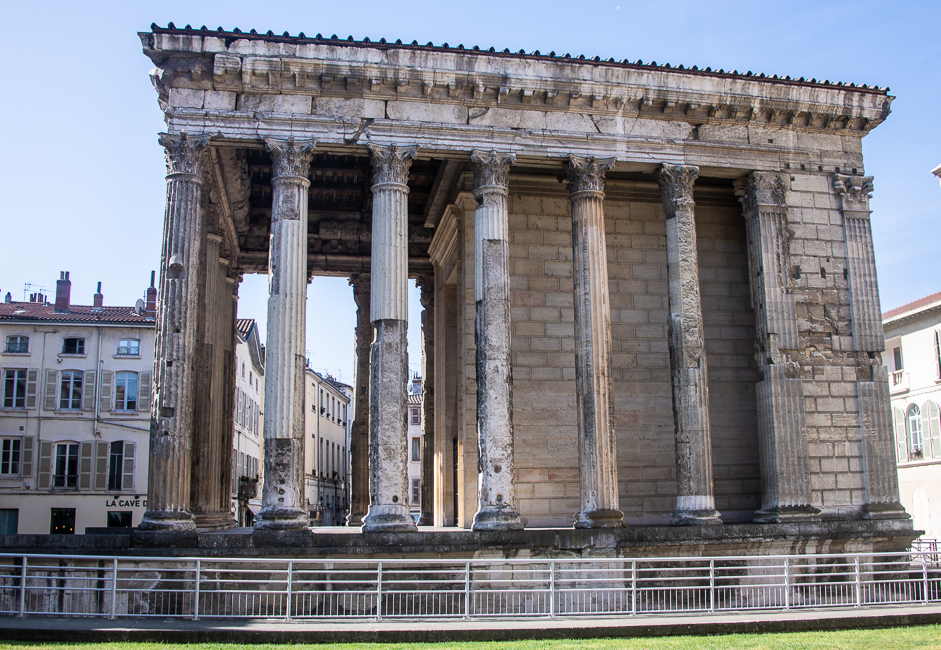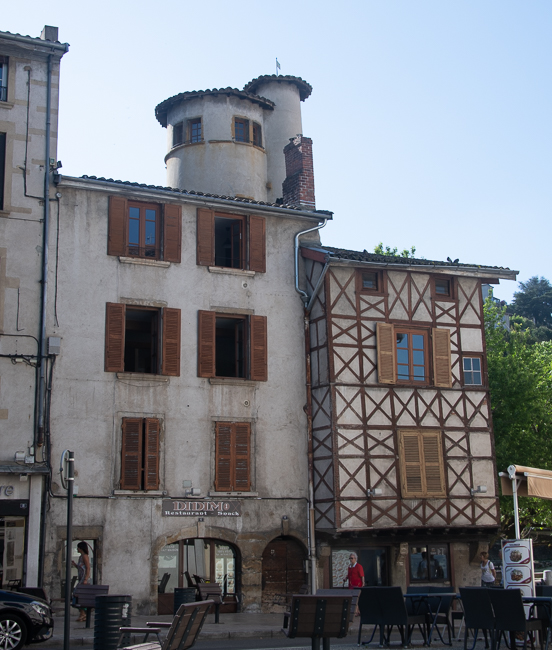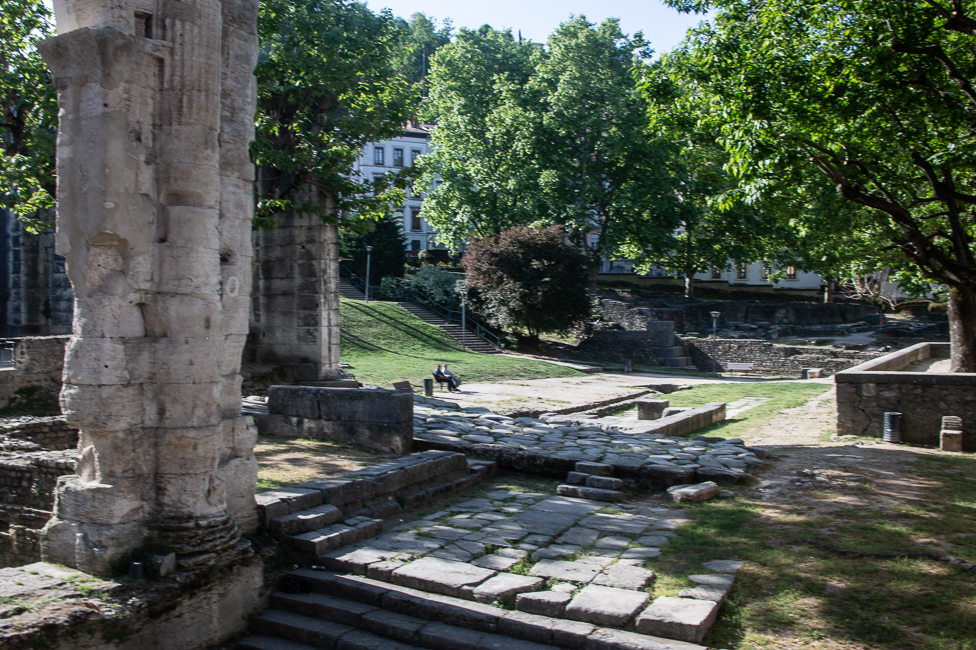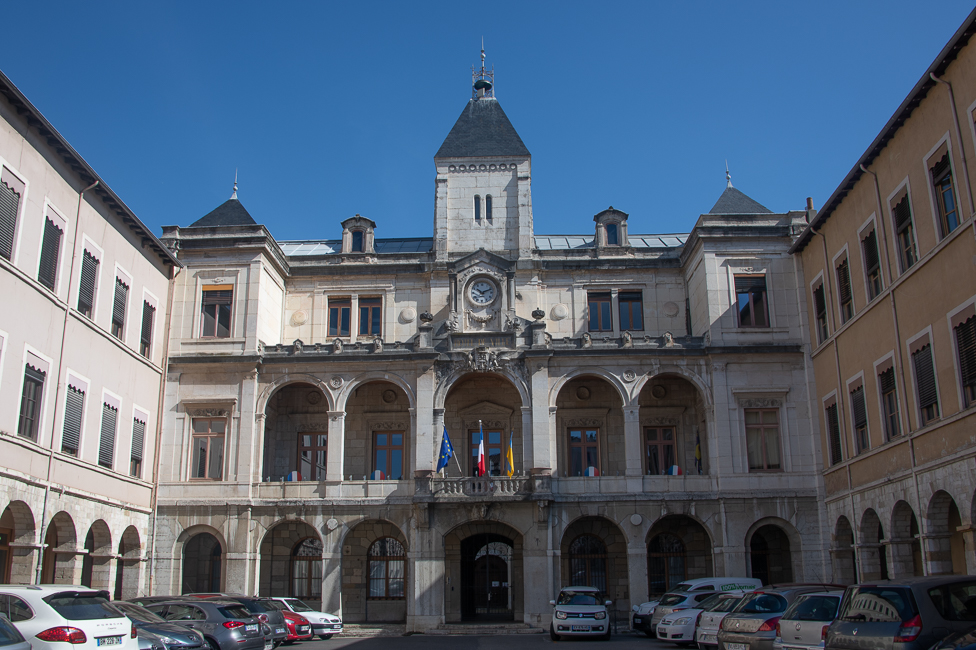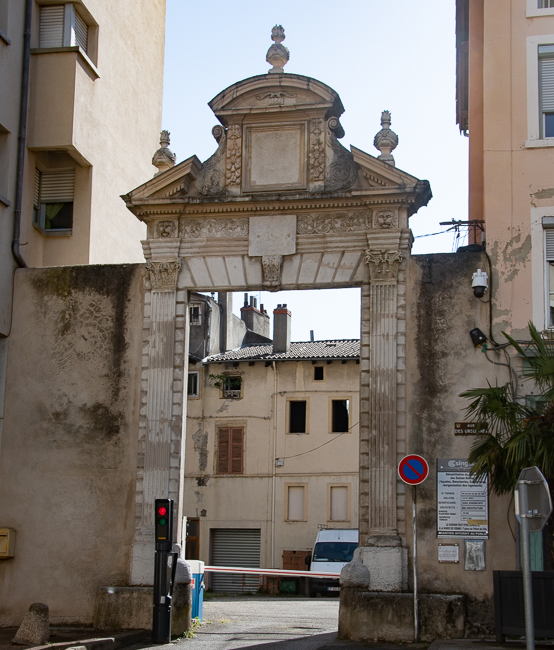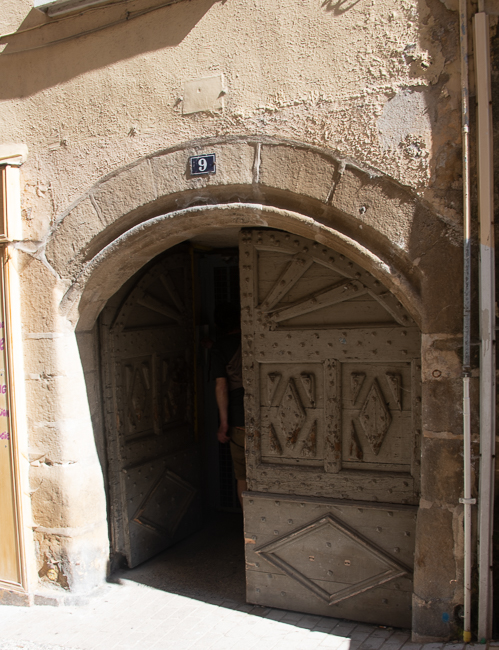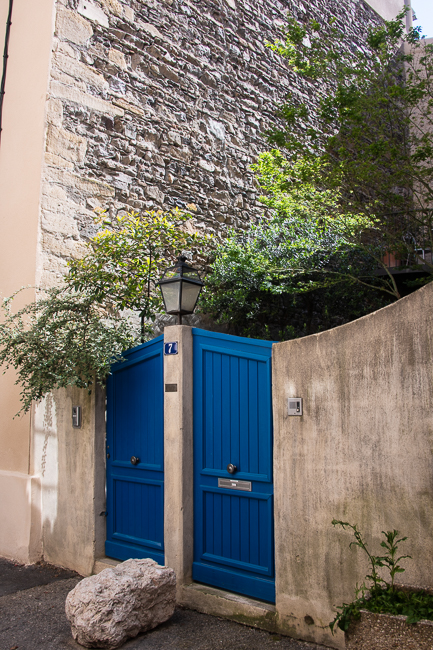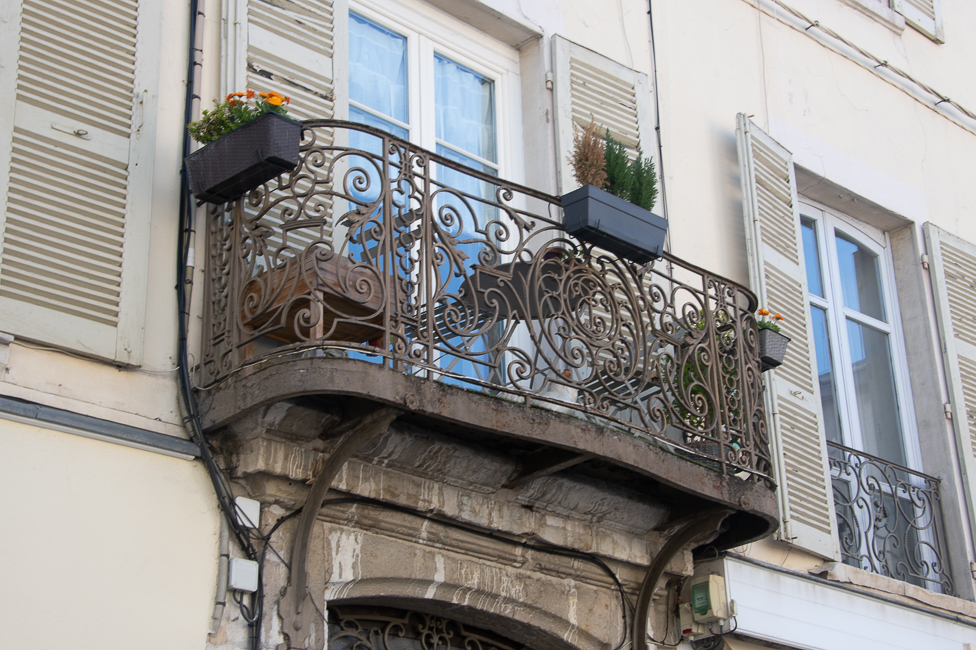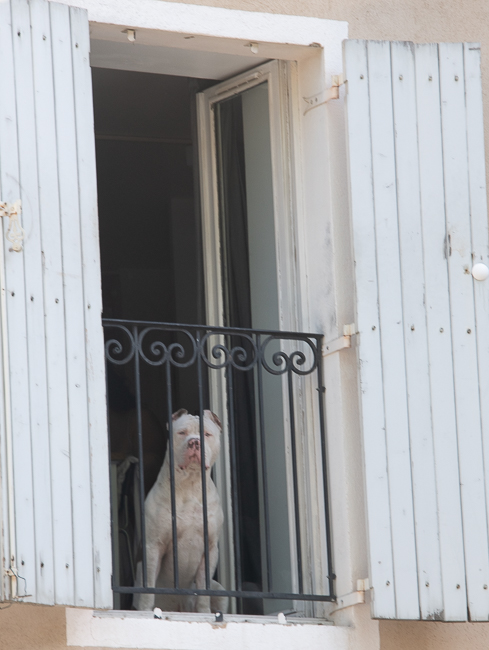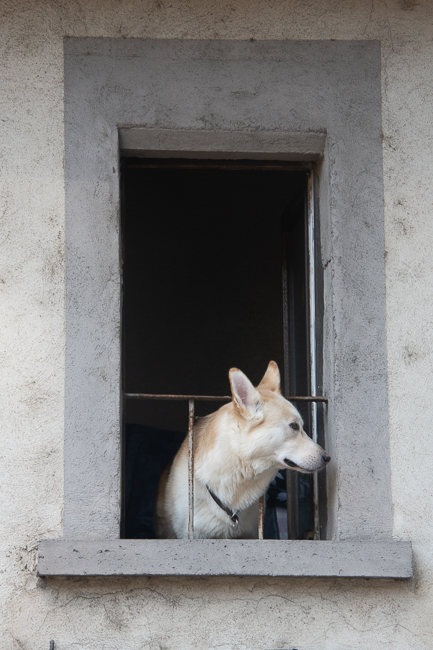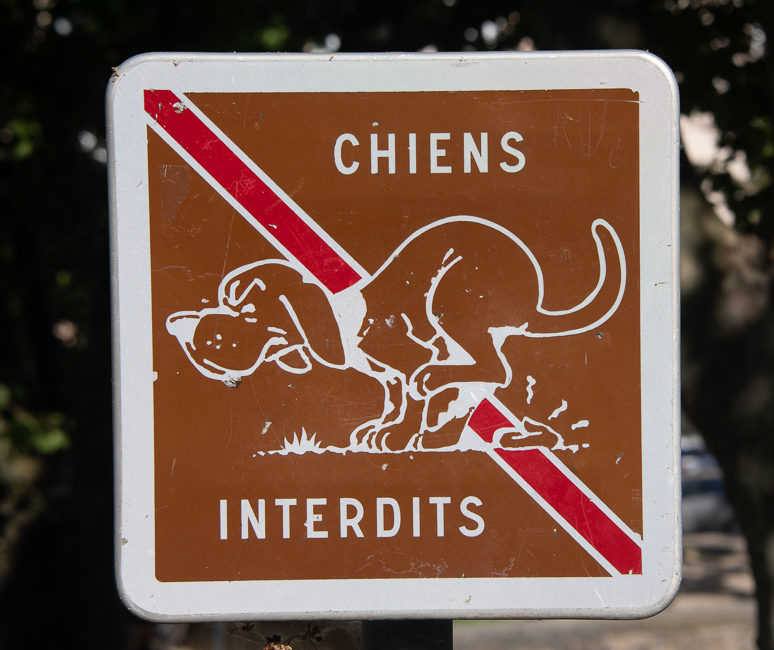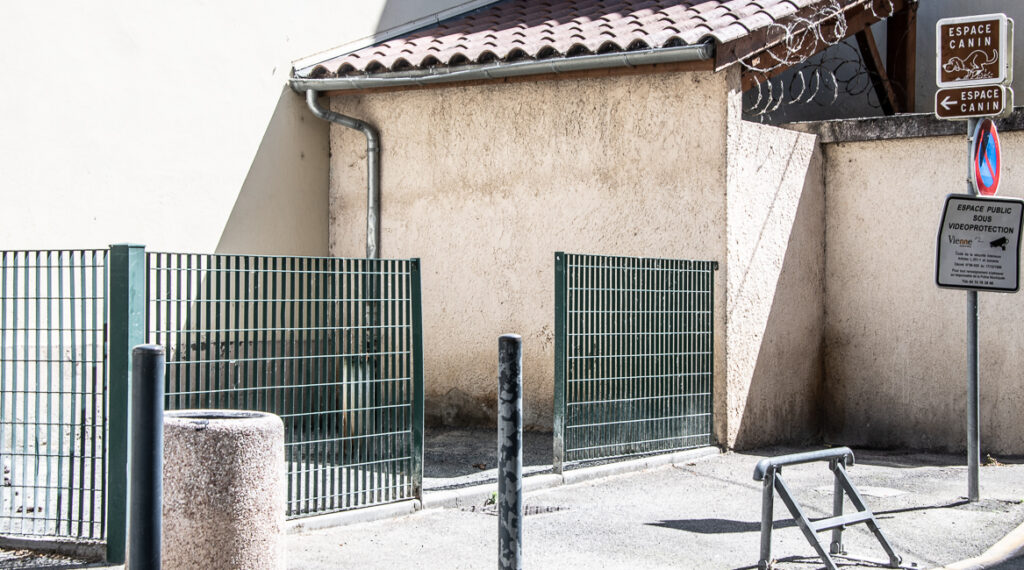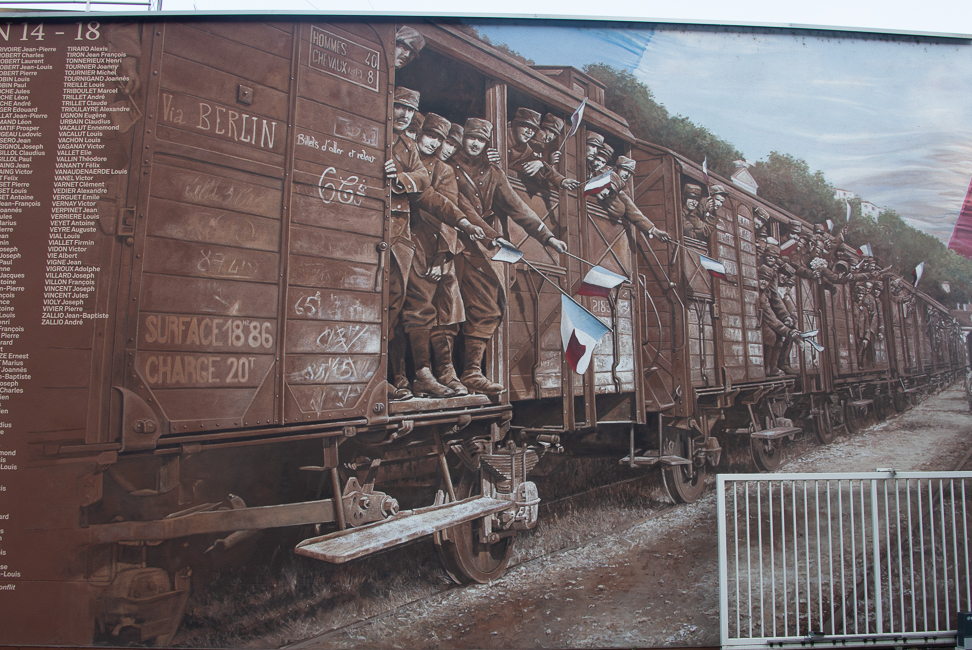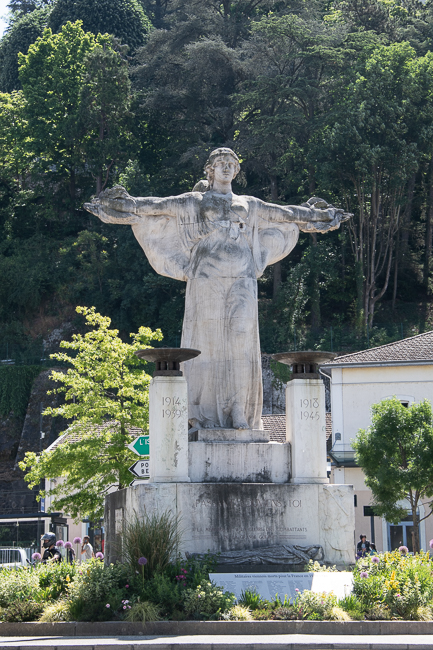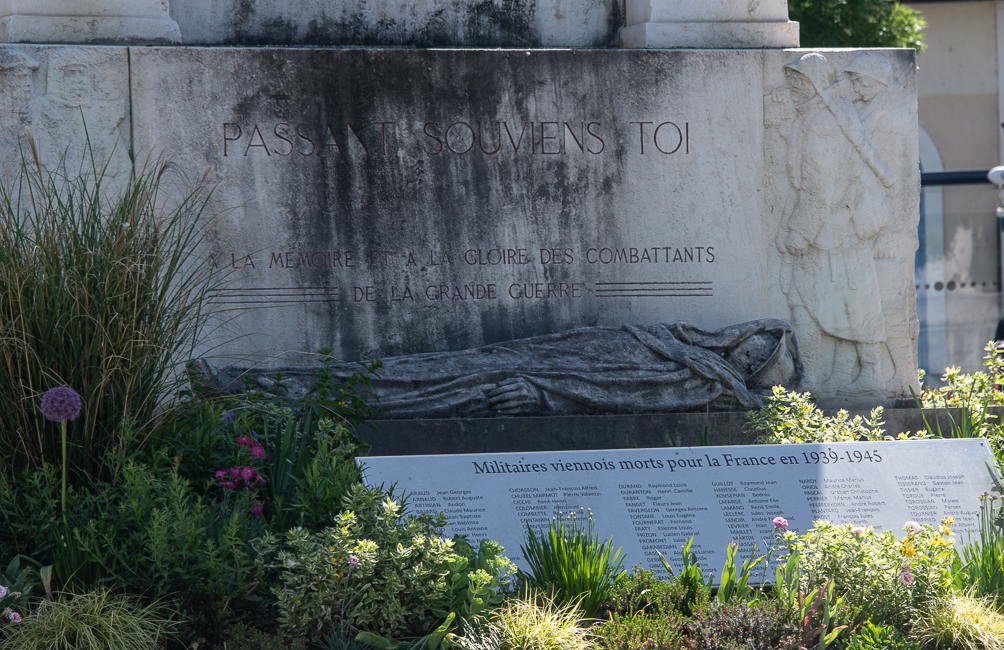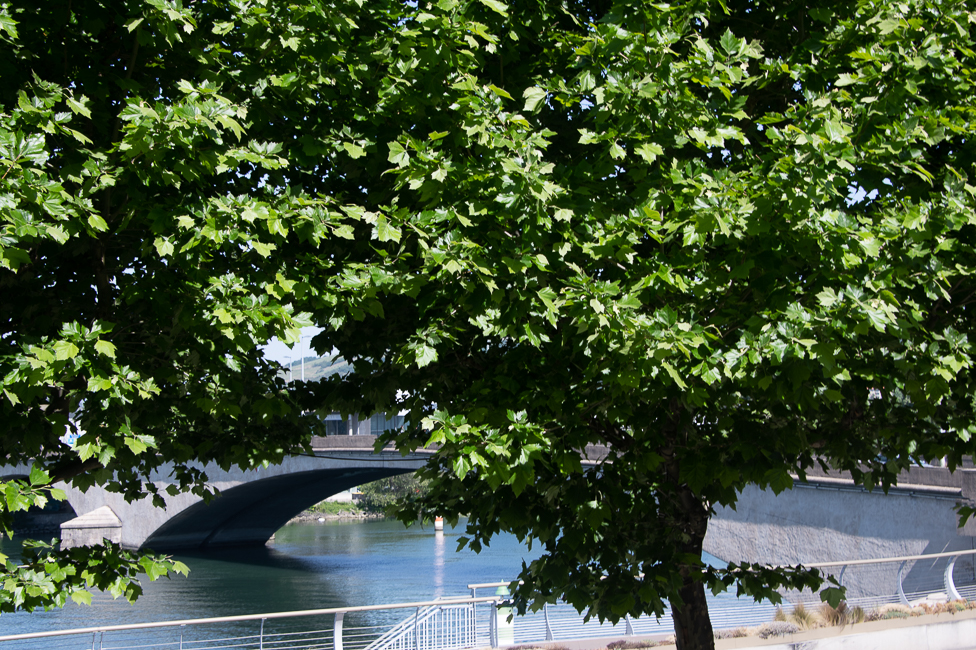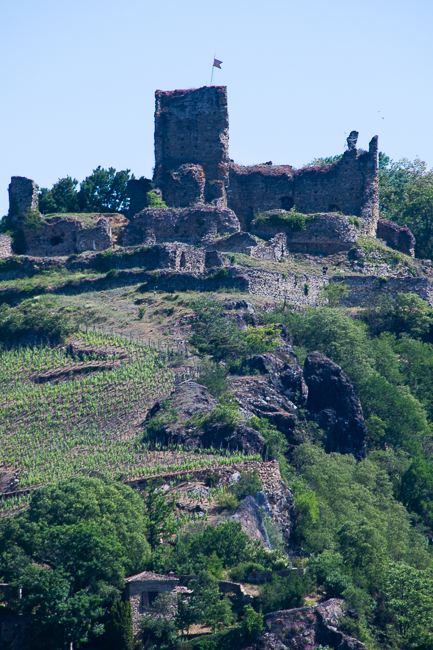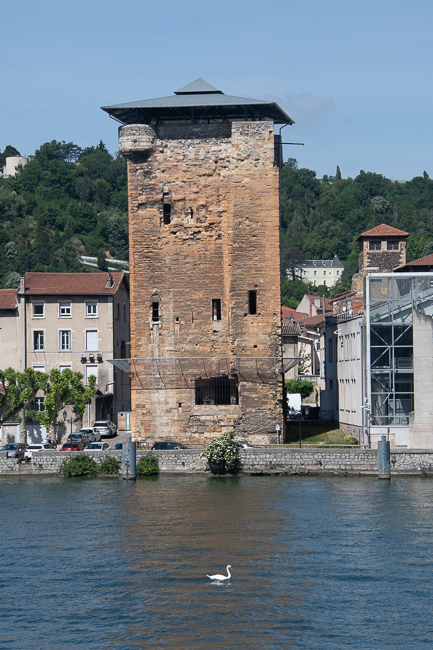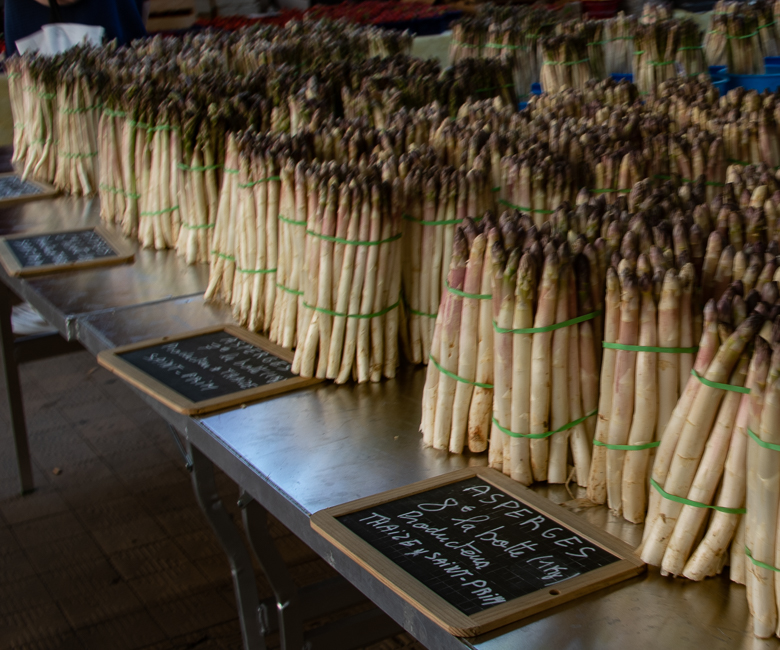February 2025

The Sapporo Snow Festival is one of the largest snow sculpture festivals in the world.

The brown bear is Japan’s largest land mammal and is found only in Hokkaido. Salmon, an important food source, was considered sacred by the Ainu, an indigenous people from northern Japan. During the Edo period (1603-1868), salmon from Hokkaido became an important trade commodity, and it is still one of the most popular fish eaten in Japan today. The image of a wooden bear with a salmon in its mouth is widely recognized in Japan as a representation of Hokkaido.
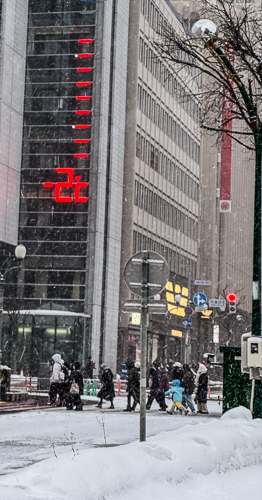
The first day of my arrival
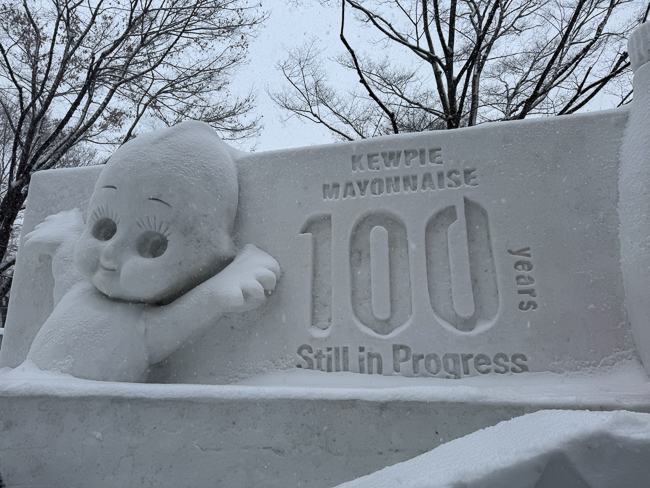
The Festival started in 1950 when local high school students built six snow statues in Odori Park. It has grown in scale to a major international event that includes as many as 200 sculptures, some as tall as 40 feet.

*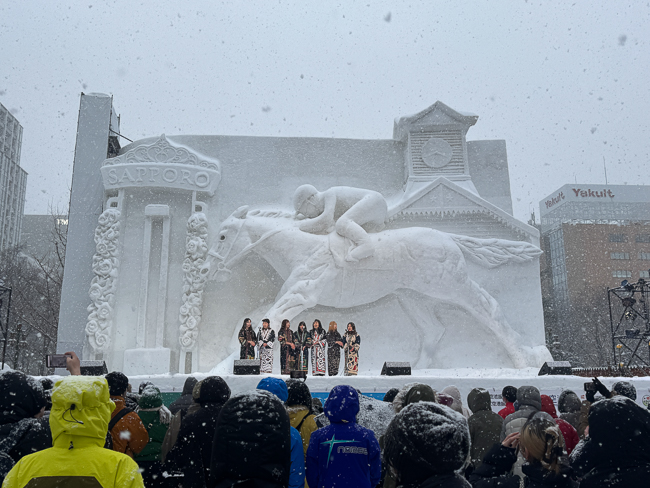 *
*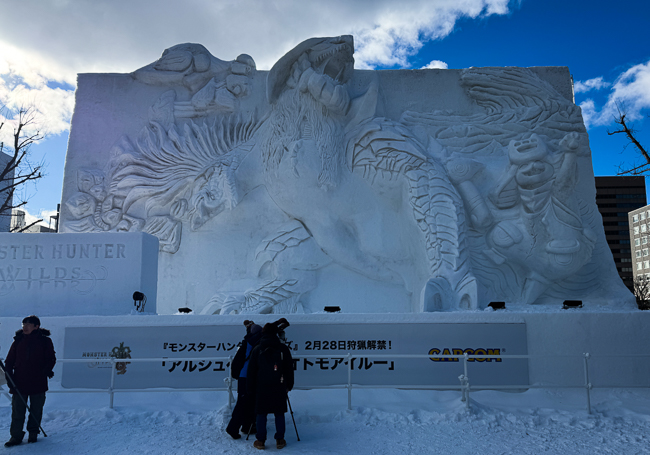
It takes over 20,000 tons of snow to build the sculptures, three months of planning and construction to make one large sculpture, and over 9,000 people to help in the construction.

People who help include the Japanese Defense Force, local companies, veteran staff, and international teams. Apparently, the construction process is just as awe-inspiring as the festival; however, it is nearly impossible for visitors and even locals to get a glimpse behind the curtain.

*
*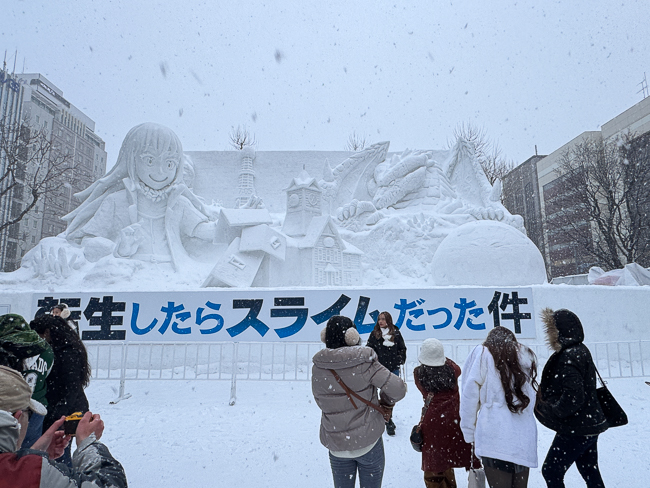
*

Haruka Kitaguchi is a Japanese female javelin thrower. She is the reigning Olympic and world champion in women’s javelin throw.

Porco Rosso is a 1992 Japanese animated adventure fantasy film written and directed by Hayao Miyazaki, based on his 1989 manga Hikōtei Jidai. And one of my favorite Miyazaki films

*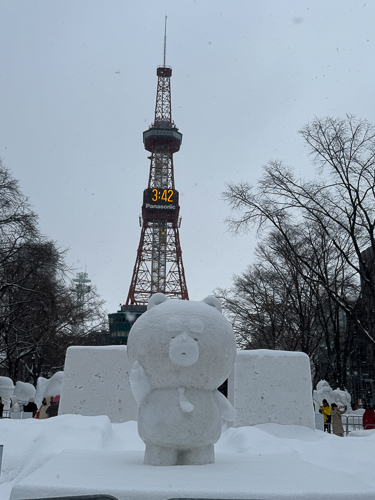
The festival takes place in Odori Park, with the Sapporo TV tower as a backdrop at one end.

*
The festival runs for eight days and has constantly rotating entertainment and lots of food, wine, and beer to enjoy.
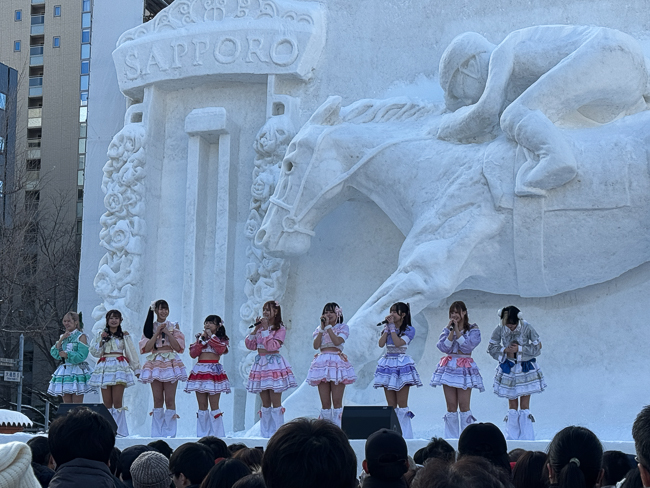
*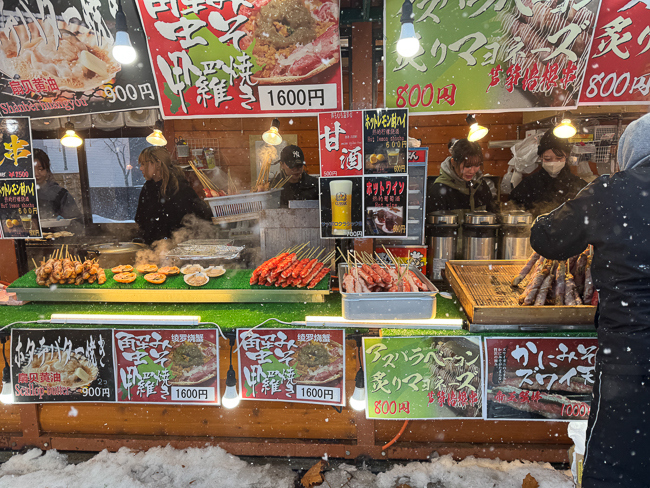
*
There is ice skating.

Fun slides built into some of the sculptures
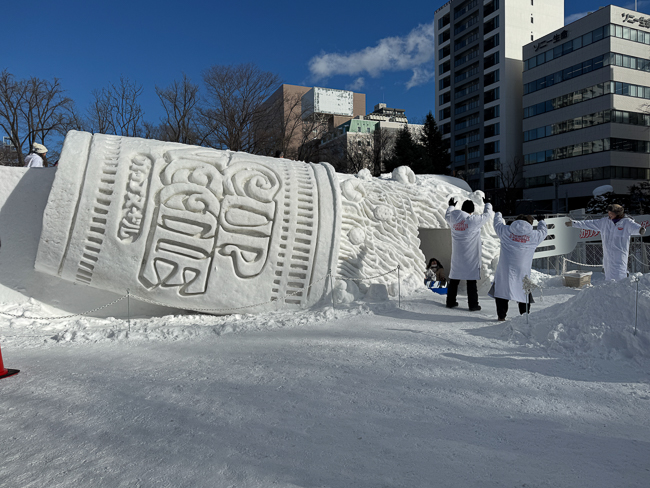
and more sculptures
 *
* *
*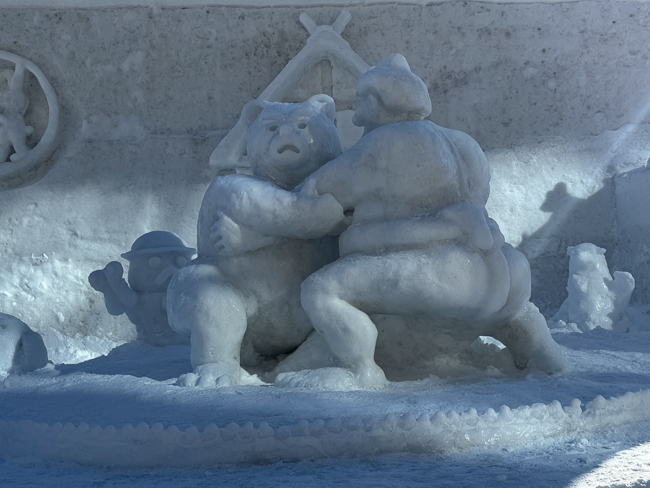
*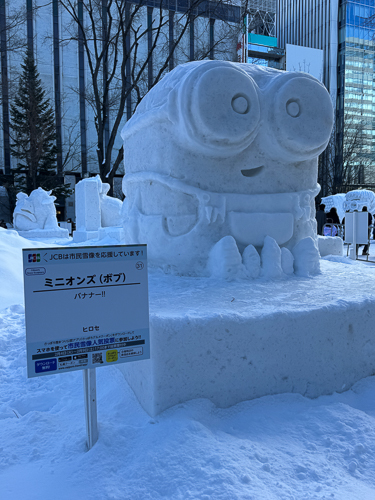
The Japanese are still a smoking culture, so there were smoking tents everywhere. I enjoyed the sense of humor posted outside.
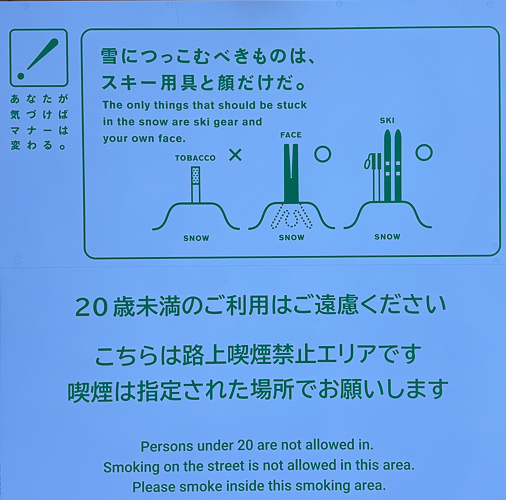
This was just a sampling of the wonderful sculptures that run the entire length of Odori Park, which is just under one mile long. The flow of traffic is regulated to the east on one side and west on the other, with some streets closed and others well tended with traffic police to keep things moving. It is snowy and icy and requires you really watch your step in places, but worth every inch of time and effort to visit.
